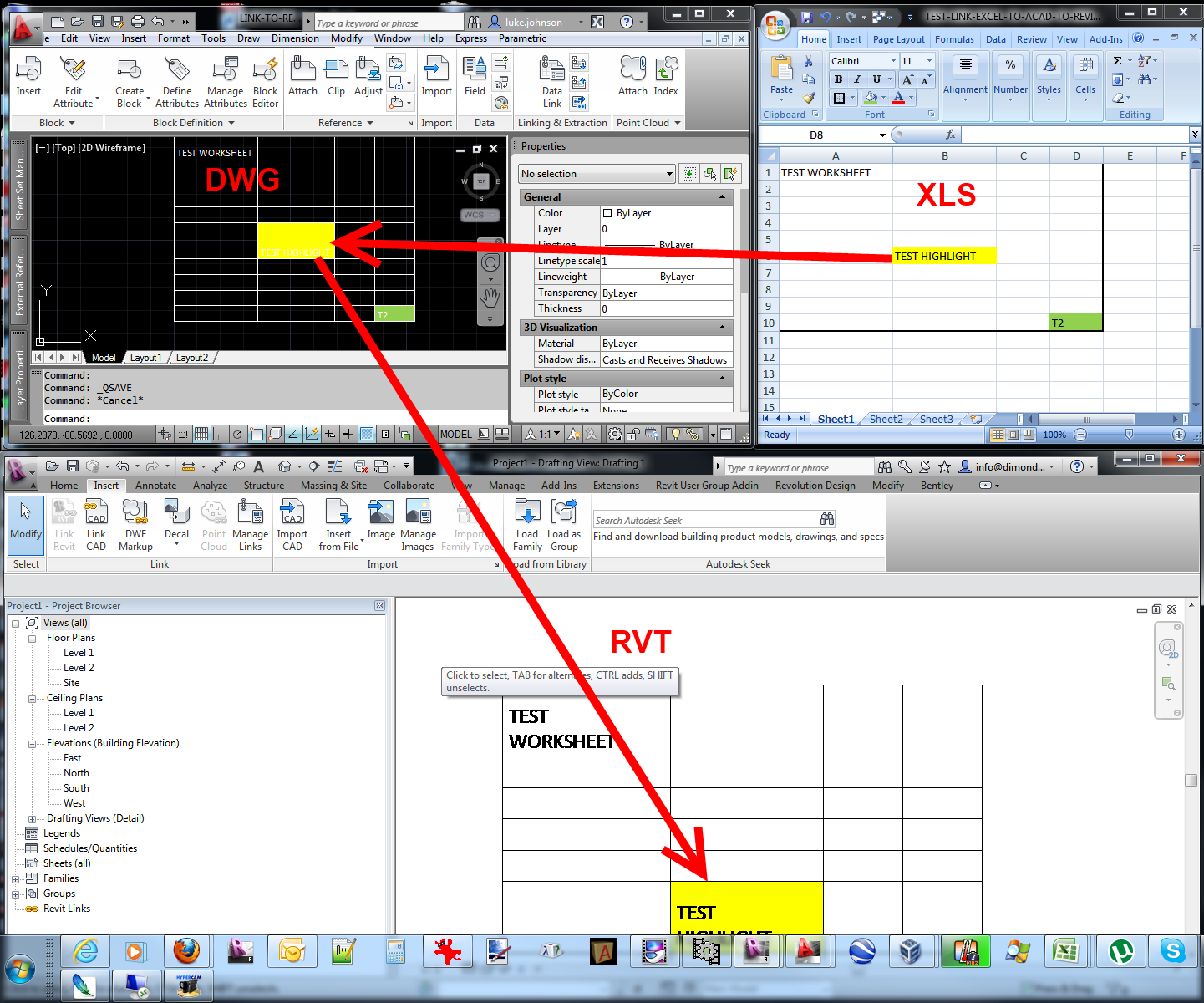Revit Accelerator: Excel Combination Strategies for Boosting Performance and Partnership
In this post, we will certainly check out the advantages of integrating Excel into your Revit workflows. And also, we will certainly share finest techniques for perfectly incorporating Excel right into your Revit projects. Obtain ready to supercharge your Revit experience with our Revit Accelerator: Excel Combination Techniques!
Benefits of Excel Combination in Revit
The benefits of Excel assimilation in Revit are many and can considerably enhance productivity and partnership. By flawlessly attaching these two effective devices, you can streamline your process and conserve important time. With Excel integration, you can easily import and export data between Revit and Excel, allowing you to leverage the strengths of both programs.

Another advantage of Excel assimilation is the capacity to develop dynamic timetables and records. By linking your Revit model to an Excel spreadsheet, any type of modifications made in Revit will instantly upgrade in the corresponding Excel file. This makes it easy to generate up-to-date routines, quantity launches, and other job paperwork.
Excel assimilation in Revit additionally allows far better cooperation amongst group participants. With the capacity to import and export information, you can quickly share details with coworkers that might not have accessibility to Revit. This advertises reliable interaction and allows for better coordination and decision-making.
Improving Workflows With Revit and Excel
Simplifying operations with Revit and Excel can substantially boost performance and cooperation. By incorporating the capacities of Revit and Excel, you can flawlessly move information in between the 2 applications, getting rid of the need for hand-operated information entry and reducing the threat of errors.
Using Revit and Excel with each other permits you to take advantage of the strengths of each program - revit tools. You can export information from Revit right into Excel, where you can carry out complicated computations, produce charts and charts, and examine the info in a more organized and reliable manner. On the various other hand, you can import information from Excel into Revit, allowing you to promptly update your models and documents based on changes made in Excel
The assimilation of Revit and Excel likewise promotes cooperation among employee. By sharing Excel read the full info here files, you can conveniently team up and interact on design and construction-related information. This enhances control and makes sure that everyone is collaborating with the most current info.
Making The Most Of Partnership With Excel and Revit
To take full advantage of cooperation with Excel and Revit, you can seamlessly share and update layout and construction-related data with your team. With just a couple of clicks, you can import Excel spread sheets right into your Revit model, enabling you to quickly accessibility and adjust the data.
One of the essential benefits of utilizing Master combination with Revit is the ability to update data in both programs at the same time. Any kind of adjustments made in Excel will instantly be mirrored in Revit, and the other way around. This guarantees that everyone is functioning with one of the most up-to-date information, avoiding confusion and saving important time.
Furthermore, Excel offers powerful tools for examining and arranging information, which can substantially boost your cooperation efforts. You can create custom reports and charts in Excel, helping you to imagine and interact essential task details effectively. This can be particularly helpful when presenting data to stakeholders or making educated decisions based on project metrics.
Advanced Techniques for Boosting Performance in Revit Utilizing Excel
By using innovative techniques in Revit, you can considerably raise your efficiency by leveraging the power of Excel. With Revit's Excel integration function, you can connect Excel spread sheets straight to your Revit design, permitting you to easily handle and update data.

In addition, you can make use of Excel macros to automate repetitive jobs in Revit (revit tools). Macros permit you to record a series of activities and play them back with a solitary click, Recommended Reading saving you time and effort. You can create a macro to immediately produce space timetables or update parameter values in mass.
Ideal Practices for Excel Assimilation in Revit
Using Excel as a data monitoring device in Revit enables for effective administration and updating of information. One of the finest practices for Excel assimilation in Revit is to produce a clear and organized information structure. By complying with these ideal methods, you can successfully make use of Excel as an information monitoring device in Revit and improve your productivity and cooperation.
Final Thought
In verdict, incorporating Excel with Revit can considerably boost performance site web and cooperation in the design process. By leveraging the power of Excel, Revit customers can achieve higher levels of efficiency and cooperation in their tasks.
With Excel integration, you can quickly import and export information between Revit and Excel, permitting you to leverage the toughness of both programs.
One of the vital benefits of Excel assimilation is the capability to utilize Excel formulas and functions within Revit. By linking your Revit model to an Excel spreadsheet, any changes made in Revit will instantly upgrade in the equivalent Excel data. On the other hand, you can import data from Excel into Revit, allowing you to swiftly upgrade your designs and documentation based on changes made in Excel.
With Revit's Excel integration attribute, you can connect Excel spreadsheets directly to your Revit version, enabling you to quickly manage and upgrade data.